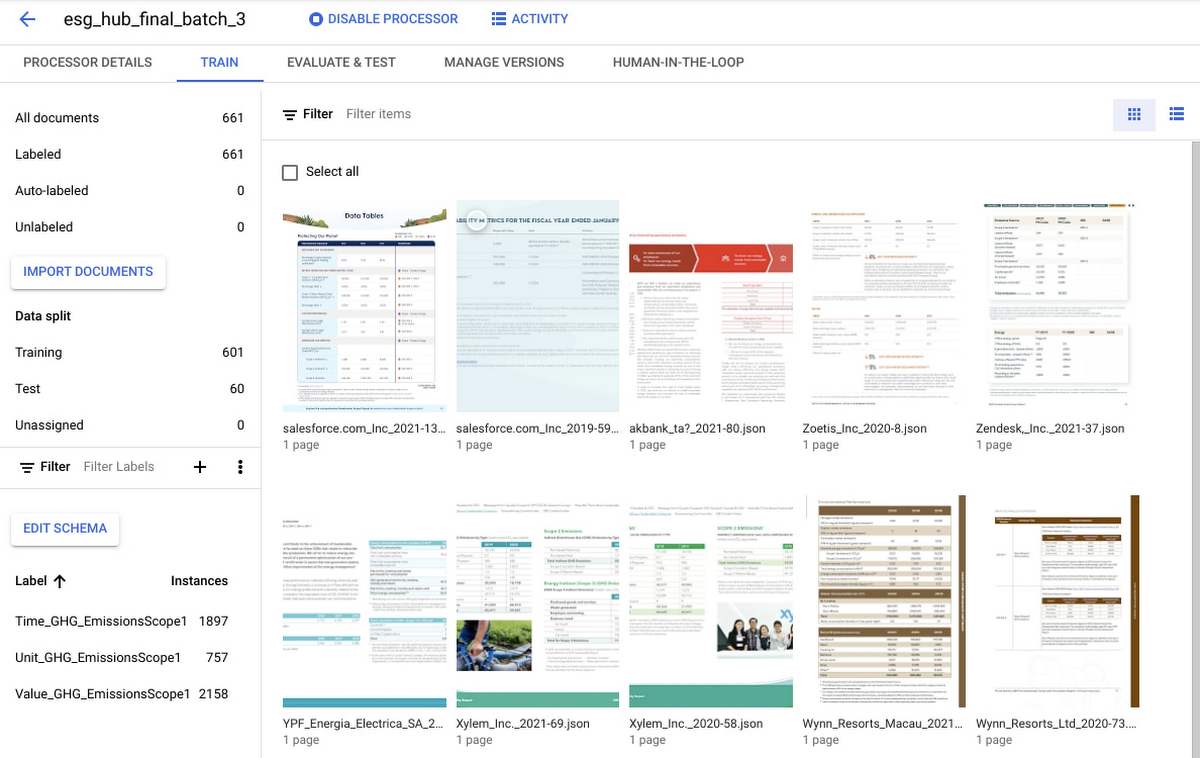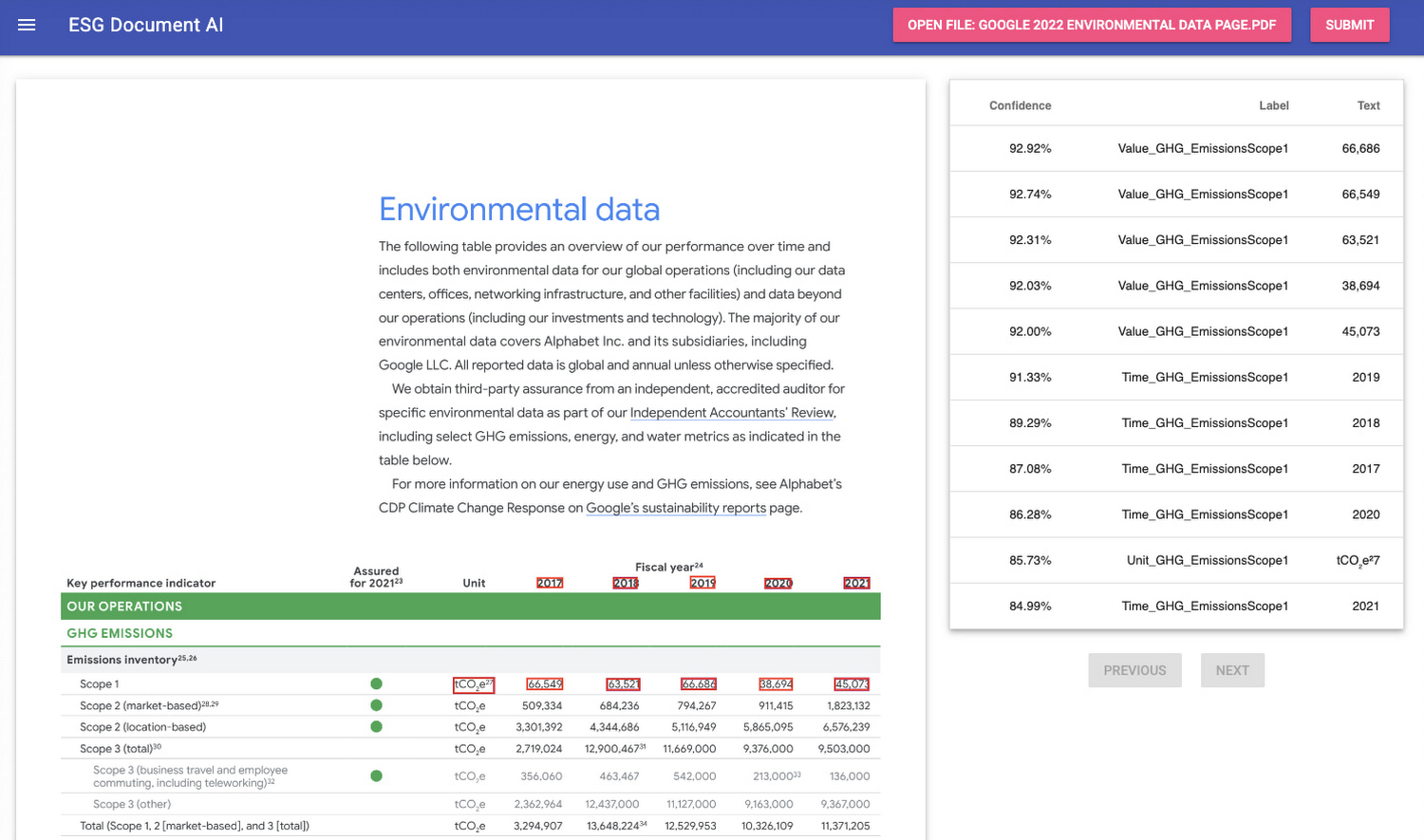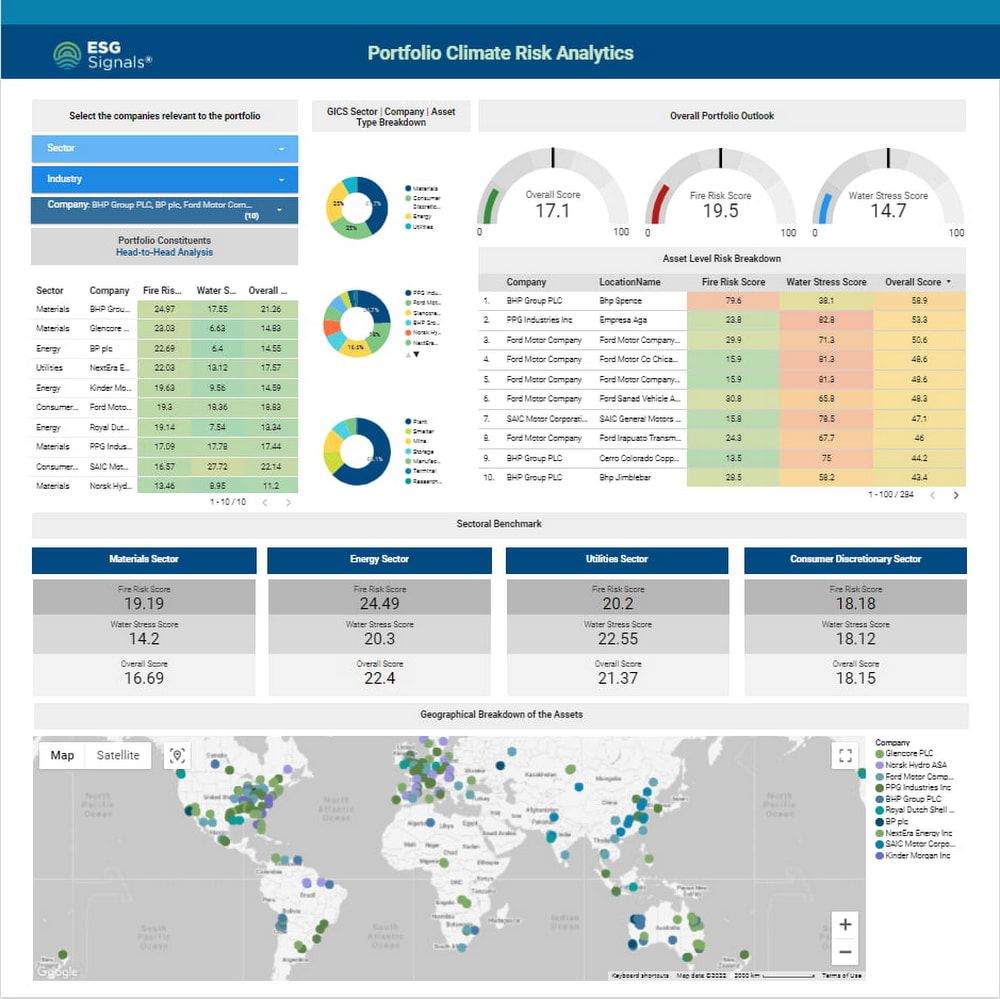At Finance Day, exploring climate risk analysis and ESG entity extraction
Jeff Sternberg
Director, Office of the CTO
Try Google Cloud
Start building on Google Cloud with $300 in free credits and 20+ always free products.
Free trialEditor's note: At Google Cloud we’re working with global organizations to help them use technology to build a more sustainable future. During the 2022 United Nations Climate Change Conference, or COP27, representatives from countries and organizations around the world — including Google Cloud — gathered in Sharm El-Sheikh, Egypt from November 7 - 18, 2022 for the latest round of climate talks. Check here for perspectives from onsite, thoughts from Google experts and customers, curated content and announcements. Or catch the event for yourself on Youtube.
Finance is once again a top-level goal at COP27, where leaders are emphasizing the importance of mobilizing finance for climate mitigation, climate adaptation, and to meet the sustainable development needs of developing countries. The figures are sobering. Estimates from a new report launched for COP27 suggest that the world will need to mobilize $1 trillion a year in external finance for emerging and developing countries, other than China.
Much of this finance will come from the private sector — but this calls for much greater transparency about where this money is allocated, how green claims around its application are made and tighter controls on assurance and verification.
We also heard last week from the World Economic Forum that building climate resilience is a $2 trillion market opportunity and so understanding where to target investment in adaptation is also a key imperative for climate finance.
For COP26 last year, I wrote about how technology is accelerating sustainable finance. Since then, a group of us in Google Cloud’s Office of the CTO (OCTO), have explored how we can help to equip the financial services sector with the tools to respond to these challenges and opportunities in two key areas: Environmental, Social, and Governance (ESG) and climate risk adaptation.
Accelerating ESG process transformation with AI
Companies, investors, and regulators continue to focus on ESG to propel sustainability. Driven by regulatory instruments like the SEC’s proposed rules to enhance climate-related disclosure, plus interest from stakeholders, including customers and employees, businesses and financial institutions are accelerating implementation of ESG processes.
Leaders are realizing that ESG must transform from the current manual, inefficient workflows to more automated, efficient, and reliable systems. As one example, the tools for carbon and greenhouse gas accounting — including measurement, mitigation analysis, and reporting — will need to become just as automated and robust as enterprise financial technology systems that have taken decades to evolve. And this will need to happen in the next few years.
One way we can advance ESG automation is through AI. Currently, ESG information is often disclosed in unstructured digital documents, such as PDF corporate sustainability reports and supplier surveys. ESG analysts often need to drill down to the core ESG metrics, such as Scope 1, 2, and 3 greenhouse gas emissions, for benchmarking and impact measurement. Rather than manually reading through thousands of pages of PDFs, AI tools can help these analysts build machine learning models to extract ESG metrics automatically.
In OCTO, we recently performed an experiment to do precisely this. We developed a data pipeline and machine learning model using Google’s newly launched Document AI Workbench by building a Custom Document Extractor that extracts Scope 1 greenhouse gas emissions metrics from sustainability reports. The experiment showed promising results: 0.752 F1 score with a training set of 601 labeled documents and a test split of 60 documents. See the screenshots of our experiment below.




Improving climate change adaptation through geospatial climate risk analytics
A key finance priority for COP27 is scaling up financing for climate adaptation and resilience. This year, we have seen major heat waves, floods, and severe storms that impacted people, businesses, and economies around the world. It’s clear that everyone can benefit from better understanding climate risks.
Geospatial technology has become increasingly sophisticated in recent years. Advanced satellite imagery and remote sensing methods have enabled detailed analysis of these climate-related physical risks. One such technology is Google Earth Engine.
Over the past decade, Earth Engine has enabled academics, scientists, and NGOs to advance climate research, monitor global forest loss, protect and restore freshwater ecosystems, and explore other sustainability goals. This year, we made Earth Engine available to businesses and governments worldwide in Google Cloud to help these organizations solve their sustainability challenges.
This integration unlocks some powerful geospatial analytical techniques. For example, while Earth Engine enables advanced “raster” (imagery) analysis, Google BigQuery excels at “vector” (points, polygons) operations on relational data. Put them together and you can query satellite imagery with SQL.
We’re starting to see new sustainability offerings using these approaches. In June, we introduced two offerings with Climate Engine and CARTO to help public sector organizations better understand climate risks and increase their resilience with geospatial technology. And in July, we launched a portfolio climate risk analytics design pattern with RS Metrics and Infosys that demonstrates how financial services institutions can use cloud tools to identify, analyze, report, and monitor climate risks associated with physical hazards in their lending and investment portfolios.





